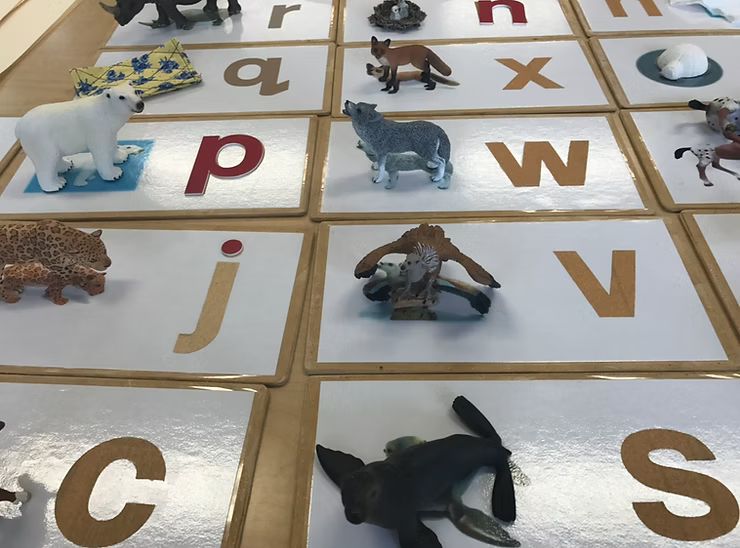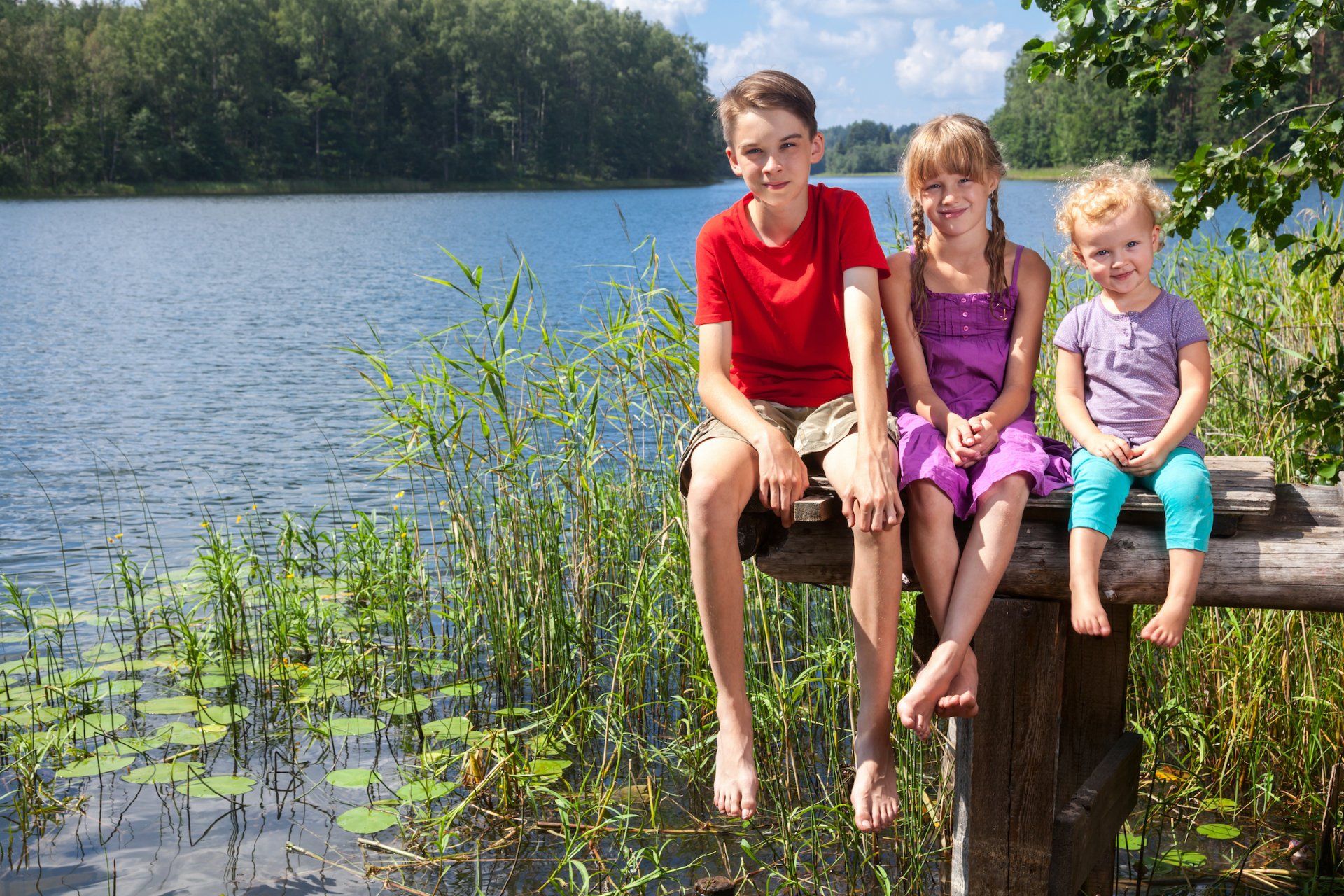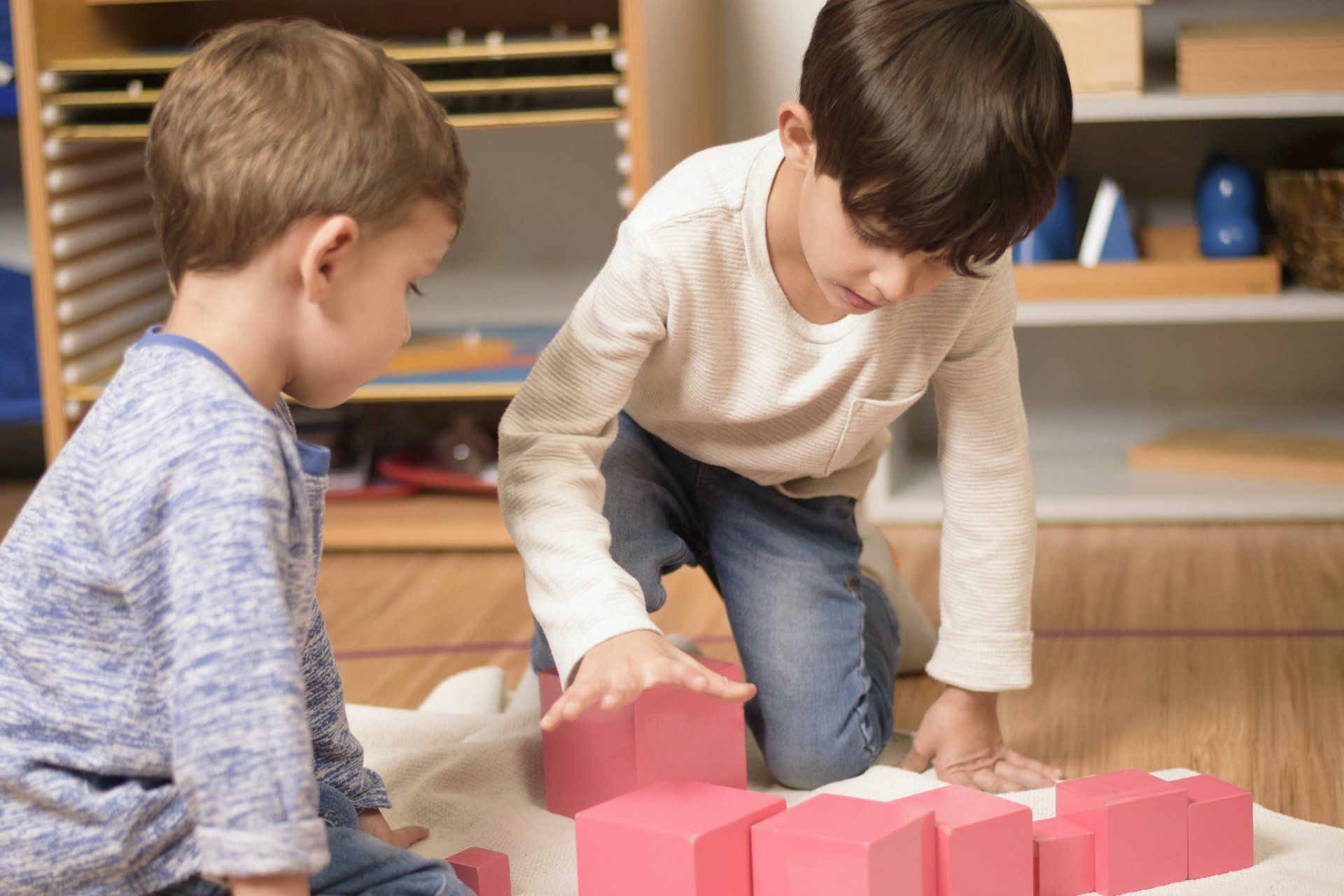
Sensitive Periods in Montessori Children
Childhood Language Development and Assessing the Child's Readiness to Learn through the Montessori Method
The child's internal life is deeply connected to and reflected by their external activity. In Montessori education, we view each phase of life as a window of opportunity for the child to acquire skills naturally and intuitively. The key is to observe the nuances of the child's thinking, questioning, and actions to recognize when a child is ready for a new concept to take root.
In Montessori education, we refer to these windows as Sensitive Periods. Dr. Maria Montessori observed that children experience phases when they are particularly attuned to acquiring specific knowledge or skills. If you spend time around children, you may notice their almost obsessive focus on a particular activity—such as counting, writing, noticing small details, or engaging in repetitive actions. These behaviors often indicate that the child is in the flow of a sensitive period.
Sensitive Period for Language Acquisition
Language acquisition is one of the most remarkable sensitive periods, beginning at birth and continuing through age six. During this time, children can absorb language's sounds, structures, and meanings. Dr. Montessori described this ability as the absorbent mind, where children effortlessly internalize their surroundings, including language, without conscious effort.
In the early years, this sensitive period unfolds in stages:
- Pre-linguistic Phase (Birth—1 Year): Infants begin by recognizing sounds, differentiating voices, and responding to tonal patterns. Cooing and babbling are early attempts at communication as they experiment with sounds.
- First Words (1 - 2 Years): Children start forming meaningful words around their first birthday. These words often represent people, objects, or actions familiar to them, such as "mama," "dog," or "go."
- Language Explosion (2 - 3 Years): Vocabulary expands rapidly as children combine words to form sentences. This is also when they absorb grammatical structures through observation and repetition.
- Refinement and Mastery (3 - 6 Years): Children deepen their understanding of syntax, grammar, and abstract language concepts. They often experiment with storytelling, rhyming, and wordplay, showing creativity and joy in their linguistic growth.
Language acquisition during this period involves speaking, listening, understanding, and reading and writing. Montessori materials, such as sandpaper letters, moveable alphabets, and metal insets, support these stages by connecting sensory experiences with phonetic sounds, writing, and reading.
A Personal Example of Language Development
I vividly remember when my oldest daughter entered a sensitive period for language. She carried a small notepad everywhere, making little circles to represent words. She would ask questions, jot down her "words," or take my order in her imaginary café. It was her way of organizing how language made sense in her world.
Her fascination with language was not limited to speaking; it extended to exploring how words were structured and how they could be used creatively. This kind of exploration is typical during the sensitive period for language when children have a heightened interest in sounds, rhymes, and even inventing new or silly words.
Supporting Language Acquisition
Adults play a vital role in supporting this sensitive period. Here are a few ways to nurture language development in children:
- Rich Language Environment: Speak, use a varied vocabulary, and engage in meaningful conversations.
- Read Aloud: Introduce children to books with rhythmic and rhyming text, simple stories, and rich imagery to build their love of reading.
- Songs and Poems: Rhymes, songs, and poetry help children connect sounds and words rhythmically, fostering phonemic awareness.
- Encourage Writing and Drawing: Provide opportunities for children to write or draw as they explore how language connects to symbols and meaning.
- Limit Interruptions: Allow children the time and space to articulate their thoughts without rushing or correcting them excessively.
The sensitive period for language is a magical journey of discovery, creativity, and growth. By supporting children during this time, we lay the foundation for lifelong communication skills and a love of language.




